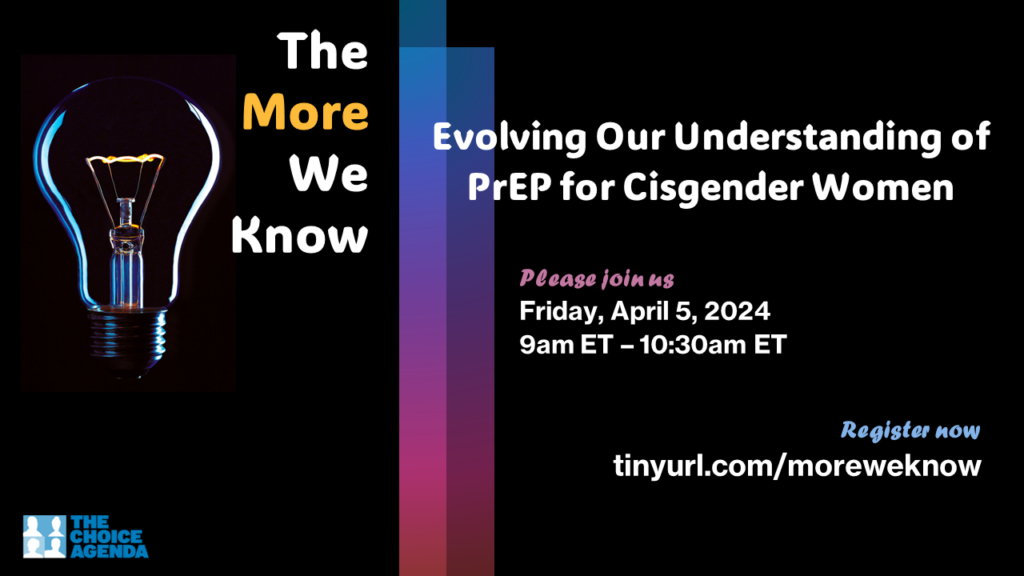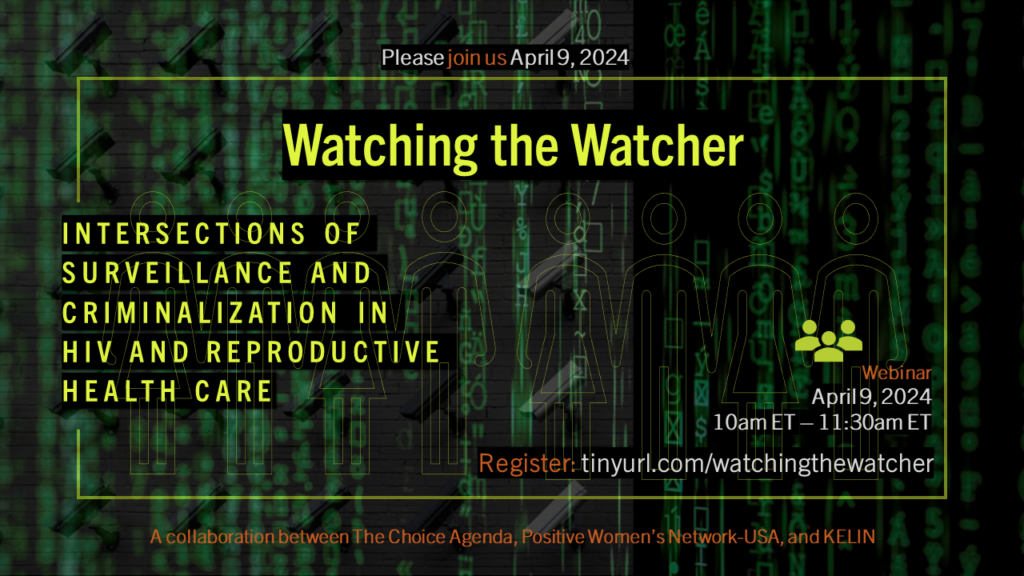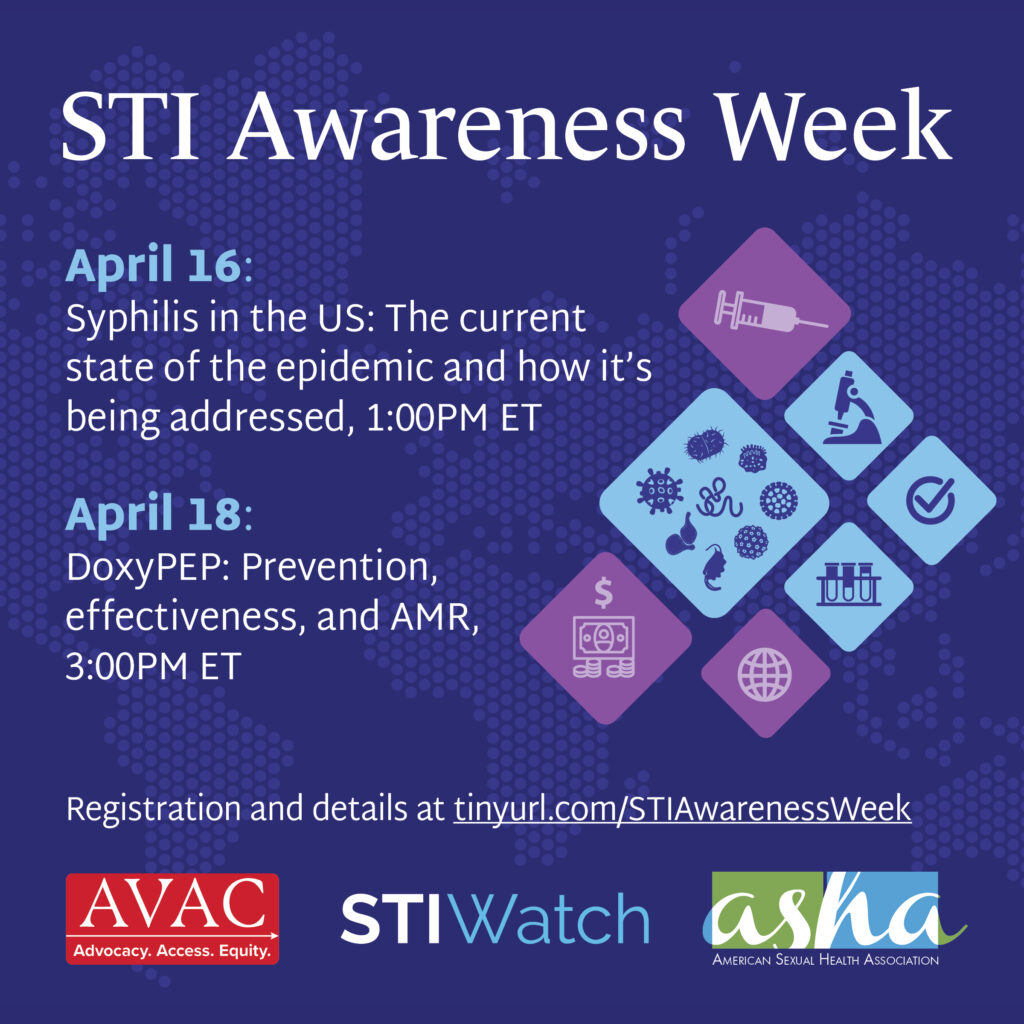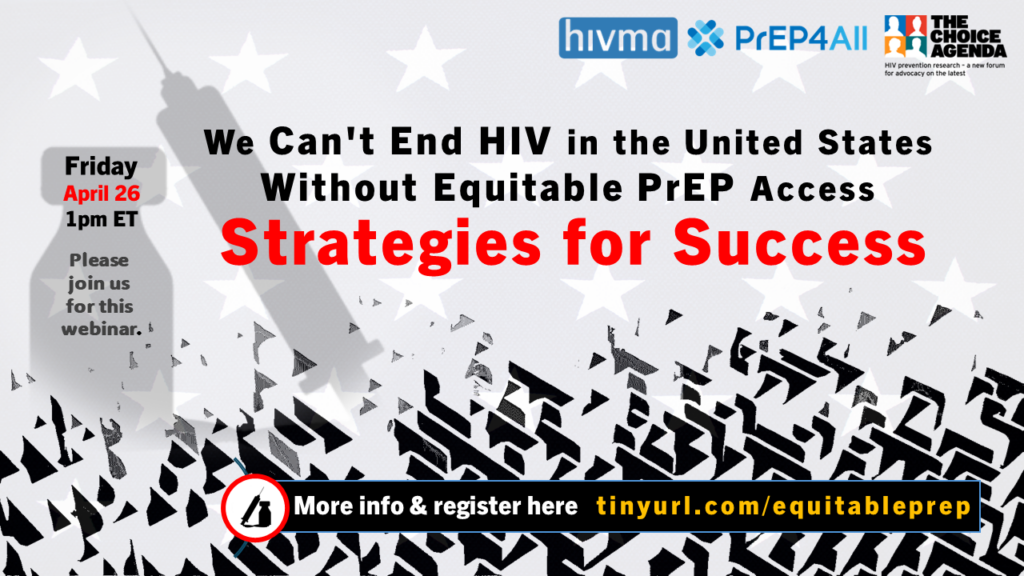Authors: Samantha Rick (AVAC), Quentin Batreau (GFAN), Eolann MacFadden (Frontline AIDS)
Pandemic Accord negotiations have so far failed to effectively engage advocate and civil society voices. With key parts of the Pandemic Accord moving toward further negotiation over the next few years, the Coalition of Advocates for Global Health and Pandemic Preparedness calls on advocates in and around the World Health Assembly to continue to rally for meaningful engagement with civil society and community and leadership roles for both in the ongoing multilateral process for pandemic prevention, preparedness, and response (PPPR).
For decades civil society and community organizations have been recognised and legitimately engaged as vital stakeholders and leaders in the HIV response. But this principle of inclusion has been inadequately upheld in other health areas, and vitally important initiatives, including the negotiations of the Pandemic Accord, have failed to build on the success of the HIV response and fully utilize existing models and mechanisms for engagement. Without them, these efforts exclude critical stakeholders when they should integrate civil society organizations (CSOs) as a crucial driver of policy and programming. Although certain initiatives have created some opportunities for CSO involvement, organized campaigns and public outcry have been necessary to garner a seat at the table. With every new program, fund, or secretariat, advocates are compelled to engage in the same repetitive battle to obtain a minimum of two voting seats and consultation prior to decision-making.
Civil society representation at the World Health Assembly has been reduced, a formal mechanism for engagement at UN High Level Meetings has been rejected, requests for even observer status during Pandemic Accord negotiations have also been rejected, and civil society and community advocates have experienced hostility at international convenings such as International Conference on AIDS and STIs in Africa (ICASA). Preventing, preparing, and responding to disease outbreaks requires public trust, understanding of regional or cultural ways of working, geographical limitations, and the true needs of communities. We cannot build effective health infrastructure by erecting barriers to civil society and community leadership.
It is absolutely crucial that civil society and communities band together to demand meaningful engagement in the processes that follow and refuse to permit governments and institutions from rolling back CSO access and decision-making power even further.
We have seen throughout the 40 years of the HIV/AIDS response that meaningful engagement turns the tide when biomedical innovations fall short of their potential because of real-world challenges. Decision makers, government representatives, and multilateral institutional leaders must enshrine a baseline level of meaningful civil society engagement practices where and when international decisions are made. As lessons from the global HIV response show us, it is possible, if not probable, that many of the outstanding issues in the Pandemic Accord could have been solved with civil society input and influence, as knowledge-brokers who bring unique insights, find solution, and foster trust where it’s needed most.
The Coalition of Advocates for Global Health and Pandemic Preparedness is a group of organizations advocating for an integrated and holistic approach to preparedness that emphasizes equity, inclusion, and synergies of multiple global health programs in advancing preparedness. We believe that all global health initiatives should be centered on the key principles of community leadership, equity, access, and human rights and that efforts to fight current epidemics and strengthen health systems are central to equitable pandemic preparedness.
The biggest lesson from the fight against HIV, TB, and malaria is that if space is not reserved for civil society, we must take it – “Nothing For Us Without Us”. Join us at the World Health Assembly or watch the recording of our side event focused on civil society engagement if you can’t make it to Geneva, and keep demanding meaningful engagement in every global health initiative.



